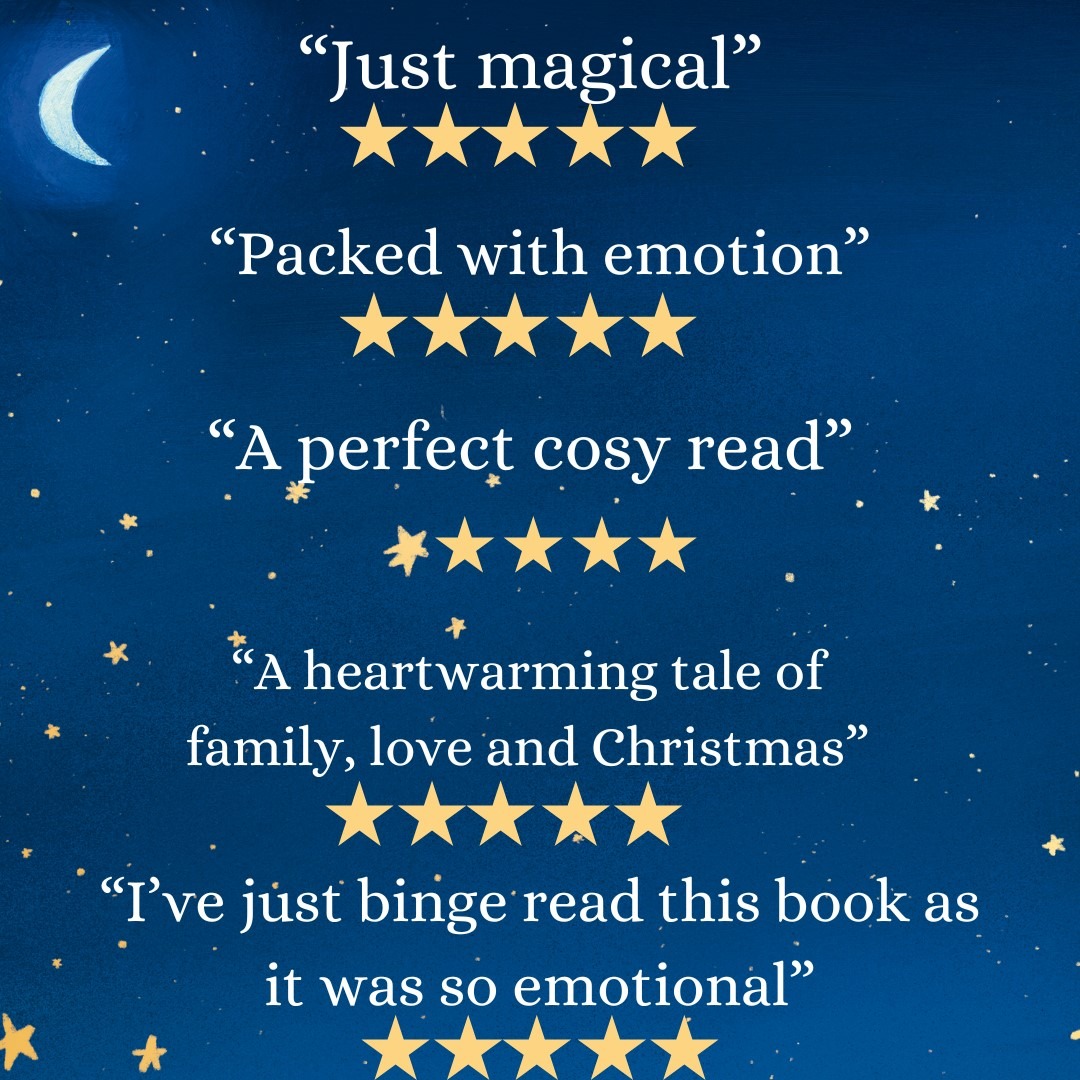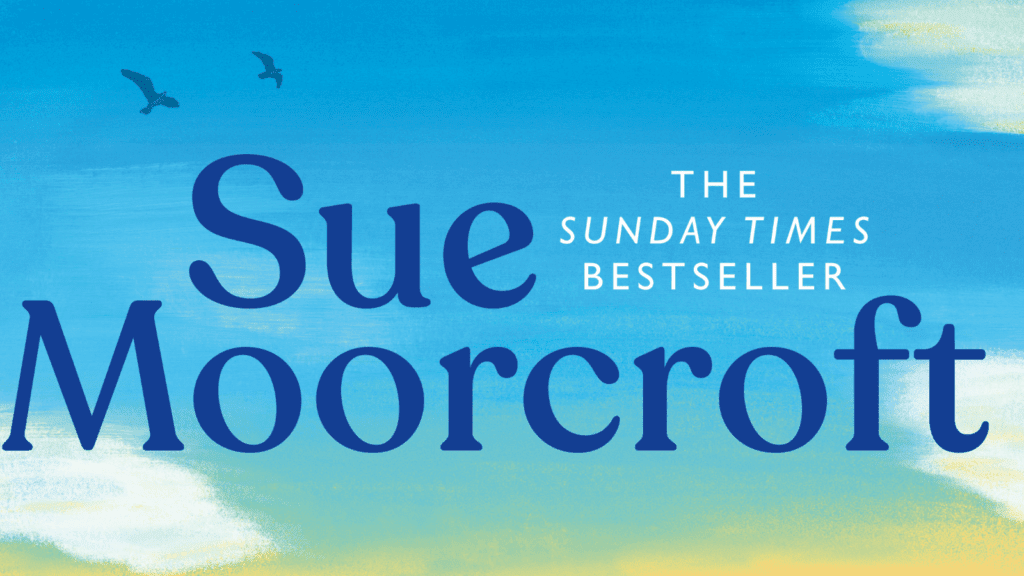This is the 13th of 25 blog posts to celebrate my 25th published novel, A Skye Full of Stars. Following on from a post on how to write a prologue, this blog post offers tips on how to write a great first chapter.
I view Chapter One as an access corridor to the rest of my book and I want it to be interesting and uncluttered, regardless of whether it’s the opening to my book or a prologue has already had that honour.
What I Include in a First Chapter…
- Something to hook readers into the story. An interesting situation or a point of change. A startling fact. A puzzle. Something that makes the readers want to know what happens next.
- To set the tone. I remember beginning a book where, unusually for that author, corpses littered the landscape – and I don’t enjoy reading about death. It was several pages before the author revealed that she was describing a training exercise and the ‘corpses’ were actually personnel playing dead. The rest of the novel was just my cup of tea but I’d almost deleted it from my e-reader halfway through Chapter One because the tone wasn’t what I expected. It was scary and chilling – and slow – whereas I wanted warmth and to be hooked into the story.
- To jump into the story. I like to hit the ground running and draw the readers in.
- To keep the momentum up with action.
- To introduce one of the viewpoint characters straight away. Readers are a bit like ducklings and instinctively follow the first person they see. If the scene’s about my heroine receiving a parcel I want the reader to see the heroine first, not the delivery person.
- At least one character to like, to want to be with.
- A sense of place.
- Dialogue to ensure that characters act out the story and interact with each other.
- A mood.
- To keep it all one scene, if possible, so I don’t break the connection with the reader.
What I Avoid in a First Chapter…
- Masses of description. Description’s static. I prefer to weave it in with action and dialogue rather than pausing for a long stare around at the scenery.
- Flashbacks. A flashback takes a story back rather than forward. I don’t have many flashbacks in my books anyway, choosing to show backstory in other ways, but I definitely keep them out of Chapter One. I want the action to be smooth and a flashback chops it up. NB Maybe this is why I sometimes have a prologue. I want the readers to have certain information from the past but don’t want to let it interrupt the present.
- Too much introspection (thoughts). I feel dialogue conveys information in a way that keeps things moving. ‘How dare you talk to my child like that?‘ feels more immediate than: She had no right to talk to his child like that, he thought. Introspection can be a bit one-paced. NB This isn’t an unbreakable rule because there might be a reason he doesn’t want her to know his feelings. It’s just a ‘where possible’. NB2 I would often cut he thought from the sentence in reality but used it here for the sake of clarity.
- An unsympathetic character (i.e. one the readers are probably not going to like) taking up too much space. To expect readers to spend time with someone they don’t like right at the beginning is a big ask. NB An exception is if the unsympathetic character’s not showing her/his true colours yet and I don’t want the readers to know s/he’s going to be unlikeable in the end.
If I can, I end the chapter with drama or high note, which encourages the readers into Chapter Two. Readers think a chapter end is a good place to put a book down.
But I think it’s an opportunity to keep them reading!
My new novel A Skye Full of Stars is out now!
Early reader reviews…



